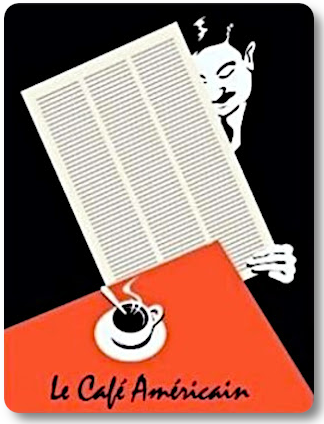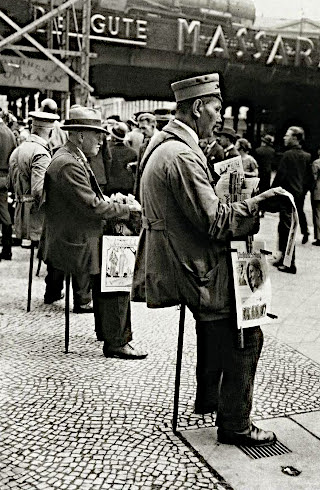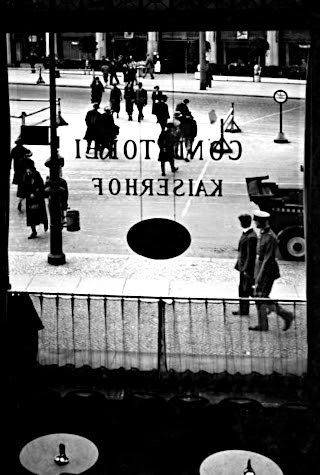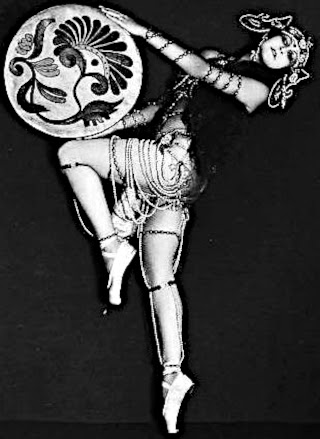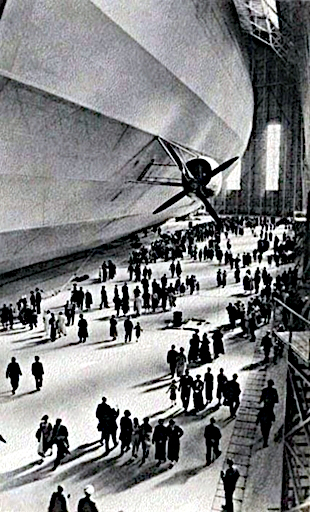Here is an informative piece on the banking crisis in Iceland. The commentary was so well done that we are using it in lieu of our own commentary based on the article in the Daily Telegraph.
What we would like to point out is that in all banking collapses of this sort, fraud and duplicity are always at the heart of it, as larceny is in most great fortunes through history.
The Community Organizer-in-Chief is speaking to New York's Wall Street today, urging them to do the right thing for the country. He still sees himself as precipitating action in others, as a change agent, rather than organizing and leading the action at the forefront. Old habits die hard. He is not an outsider visiting this community. He leads the community. He's the man, now.
Actions speak louder than words. The words are that Wall Street is paying back the taxpayer money with a nice gain. No one seems to be talking about AIG, which is an enormous loss for the taxpayers at the moment well north of 170 billions, and the almost scandalous payments of 100 cents on the dollar that were made on dodgy contracts to the likes of Goldman Sachs that should have been put into default, or at best paid off at pennies on the dollar.
We still hear rumours of ugliness on the 'off balance sheet' portions of some of these big banks, even the ones held up as models of recovery.
So, when Obama chides the Wall Street wiseguys in stern terms to 'do the right thing,' one can forgive us if we hear, in echoes from the back of the room, "do this" and "get bent."
He may as well walk into the aftermath of a vicious bank robbery and say to the perps with cash still in hand, "Now you boys stop doing that this minute. This is the fifth time you have stolen money and endangered the lives of innocent people. You can keep the money, but you had better not do it again.
Sheriff Summers and Deputy Tim, who you know so well from drinking with them after hours at your clubs, will stop you if you do. And remember, Bennie the Bookie has his eye on you. By the way, Rahm says thanks for the gifts and remembrances, as always."
Action, Mr. Obama. Not words. One does not scold even white collar criminals into confessing, much less changing their ways, and warnings do not work when the perps feel that they most surely own you and the advisors around you, given the toothless gestures you are making towards reform.
The Daily Bell
Iceland: what ugly secrets are waiting to be exposed in the meltdown?
September 14, 2009
"Almost a year since the collapse of the Icelandic banks, the rotten nature of these financial corpses is slowly beginning to emerge. Iceland: what ugly secrets are waiting to be exposed in the meltdown? For months rumours of share-ramping, market manipulation, excessive loans to their owners and unusual transfers off-shore have been circling Kaupthing, Glitnir and Landsbanki, whose failure last October left 300,000 British customers unable to access their money. It has now become clear that this was no ordinary crash. Iceland's special investigation into "suspicions of criminal activity" at the three banks is likely to stretch from Reykjavik to London, Luxembourg and the British Virgin Islands. Eva Joly, the French-Norwegian MEP and fraud expert hired by Iceland and now working with the Serious Fraud Office, now believes it will be "the largest investigation in history of an economic and banking bank collapse". - Telegraph
One has to keep in mind that Iceland is a country of about 300,000 people. And yet the "suspicions of criminal activity" stemming from the collapse of one of the world's smallest central banks are likely to spread around the Western world. Here's some more from the article about such "suspicions" ...
When the banks were put into administration last October, experts believed that Iceland's banks had simply fallen prey to the global credit crisis. But Dr. Jon Danielsson, an Icelander who teaches economics at the London School of Economics, believes that while the timing of the crash was dictated by the global banking crisis, the scandal is unique among European financial institutions.
He believes the root of Iceland's problems that have now decimated its economy appear to have started when the government decided to privatize the banks in the early 1990s. "Iceland got its regulations from the EU, which was basically sound," he says. "But the government had no understanding of the dangers of banks or how to supervise them. They got into the hands of people who took risks to the highest possible degree."
Kaupthing fell into the clutches of the Gudmundsson brothers, Ágúst and Lydur, who made their fortunes building up the Bakkavor food manufacturing empire, which supplies hundreds of supermarkets in the UK. Their investment vehicle, Exista, owned 23% of the bank, counting Robert Tchenguiz, the London property entrepreneur as a board member.
Kaupthing's loan book, which was leaked on to the internet last week, shows that around one third, or €6bn (£5.1bn), of its €16bn corporate loan book was going to a small elite group of men connected to the bank's owners and management.
Several investigations into Kaupthing centre on share ramping, where the bank would allegedly give loans with no interest or security in order to buy shares in that same bank - boosting the share price.
Yes, much to be concerned about. But is Danielsson serious about these accusations? He believes that privatization is at the heart of the difficulties? We've heard exactly the opposite of course when it comes to American and British central banks. The Federal Reserve is said to function well (it doesn't) because it is in private hands and immune to political influence (it's not). It's a good sound bite, of course, to say a central bank functions well because it is private, or is well regulated because it is public. But it likely doesn't make any difference.
That's because the institution itself is fatally flawed. If the American or European central bank broke down, and investigations were held into the relationships, all holy hell would likely break loose. How can it be otherwise? These central banks are run by small groups of (mostly) men, who grow up with each other and go to the same clubs and run in the same social circles and have the same interests.
In the case of the Federal Reserve, the best of Goldman Sachs tend to matriculate to government work, and to believe that Goldman Sachs has not benefited from its relationships at the highest levels of Western government is likely naïve in the extreme.
According to Danielsson, the Iceland crisis is "unique among European financial institutions." In fact, we believe it is no such thing. If any one of these other institutions crashed, the "uniqueness" would turn out to be commonplace. The interwoven old boys network does not stop at the doors of central banks. Central banking IS an old boy's network. It is the best and biggest network of all. In this one, you actually get to print money, and if anyone asks you for an accounting, you simply claim that if you release too much information, you will destabilize this or that financial institution.
We think there is a reason that the Federal Reserve, for instance, is resisting the Congressional move for a thorough audit, and it has little to do with a professed concern for the destabilization of banking institutions. We believe, as with Iceland, that central banking is infested with private dealings in millions and even billions of dollars. How could it be otherwise?
Conclusion: Central banking is a franchise of the utmost power and authority, but the men who run it are neither priests nor eunuchs. They are merely human beings, and, after all, while power corrupts, infinite power corrupts infinitely. Only the market itself can guarantee a level playing field. A market-based gold and silver standard would do away with the suspicions that are rife when it comes central banking. The smallest central bank in the world is central to a financial scandal that threatens to engulf much of the West. What secrets must the larger banks hold?
 This is just an opinion, and it could be wrong, as all opinions may be.
This is just an opinion, and it could be wrong, as all opinions may be.







